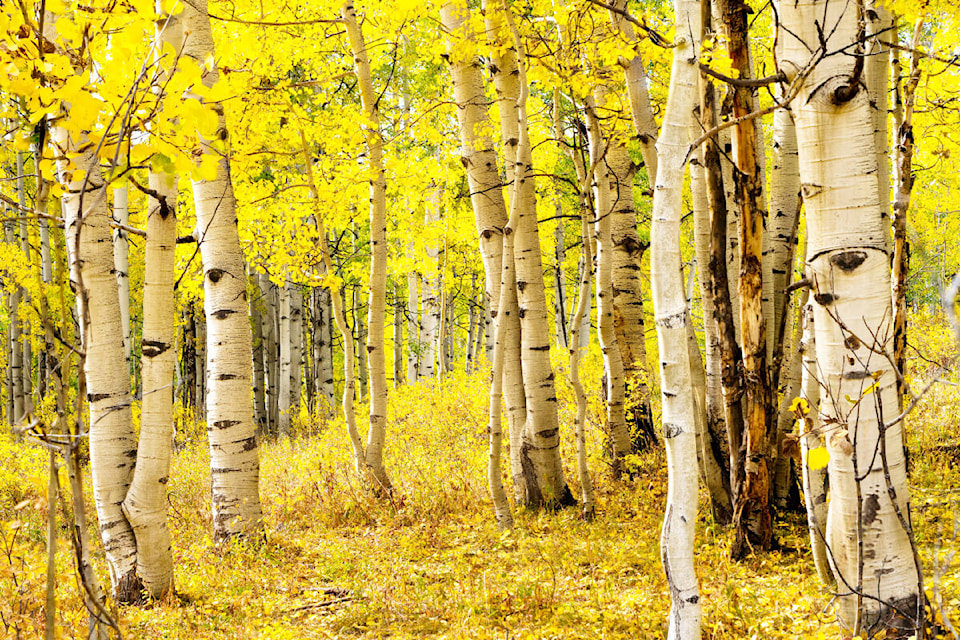Tens of thousands of seedlings will be establishing their roots in the Yukon.
The Yukon government has issued a request for bids for planting 90,000 trembling aspen seedlings in the Whitehorse and Haines Junction areas.
According to the bid, Yukon Wildland Fire Management is seeking a contractor to assist the department of Community Services in its reforestation plans by planting seedlings in cleared and thinned areas from fuel abatement project activities throughout Whitehorse and Haines Junction.
It’s part of Wildland Fire Management’s mitigation and fuel management strategy. It follows an historic fire season that saw 276 fires burn 171,104 hectares in 2022.
The purpose of planting the seedlings is to help convert the primarily coniferous forest to mixed-wood or deciduous, according to the project’s specifications. The process is intended to reduce the risk of fire in the planted areas and create an “increasingly robust” network of modified fuel breaks for firefighters to use when wildfires threaten life, property and infrastructure in the area.
A successful planting program will aim for tree survival and achieve the prescribed density.
The three locations included under this contract are Mary Lake Shaded Fuel Break and Copper Haul Road South in Whitehorse, as well as sites in Haines Junction. Wildland Fire Management will supply the seedlings, with 80,100 going to Whitehorse and 9,900 going to Haines Junction.
“The boreal forest that covers most of the Yukon has a special relationship with fire,” communications analyst Julia Duchesne with Yukon Protective Services said by email.
“In areas near communities where wildfires can do the most harm, we try to put out every fire. But when we stop fires from replacing forested areas, forests keep growing and become denser.”
Duchesne explained that a dense forest is more likely to catch fire and burn more intensely, so that risk is mitigated by managing the vegetation near communities.
One strategy, known as stand conversion, is recommended by FireSmart Canada to address the threat of wildfire by taking out flammable conifers like spruce trees and replacing them with less flammable species like aspens or other deciduous trees, Duchesne said.
Aspen, a native fire-resilient species, can get damaged by fire but seldom acts as fuel for wildfires, unless under extreme fire conditions, due to their moisture content and the lack of branches and leaves on the lower levels of mature trees, according to Duchesne.
Duchesne said stand conversion has the benefits of slowing or stopping a wildfire, buying firefighters more time to respond and increasing safety for the firefighters by reducing the intensity of an approaching wildfire.
In 2022, Wildland Fire Management did its first aspen plant with 78,000 seedlings. Monitoring will be done to understand the success and survival of seedlings.
Aspen planting will continue into the future, Duchesne said, alongside thinning and clearing of forest stands and prescribed or controlled burns.
Duchesne added that Wildland Fire Management is not the only Yukon government department that plants trees, for example, to reforest areas after commercial harvesting and to reclaim lands that have been mined.
The bid closes on Jan. 23.
Contact Dana Hatherly at dana.hatherly@yukon-news.com
